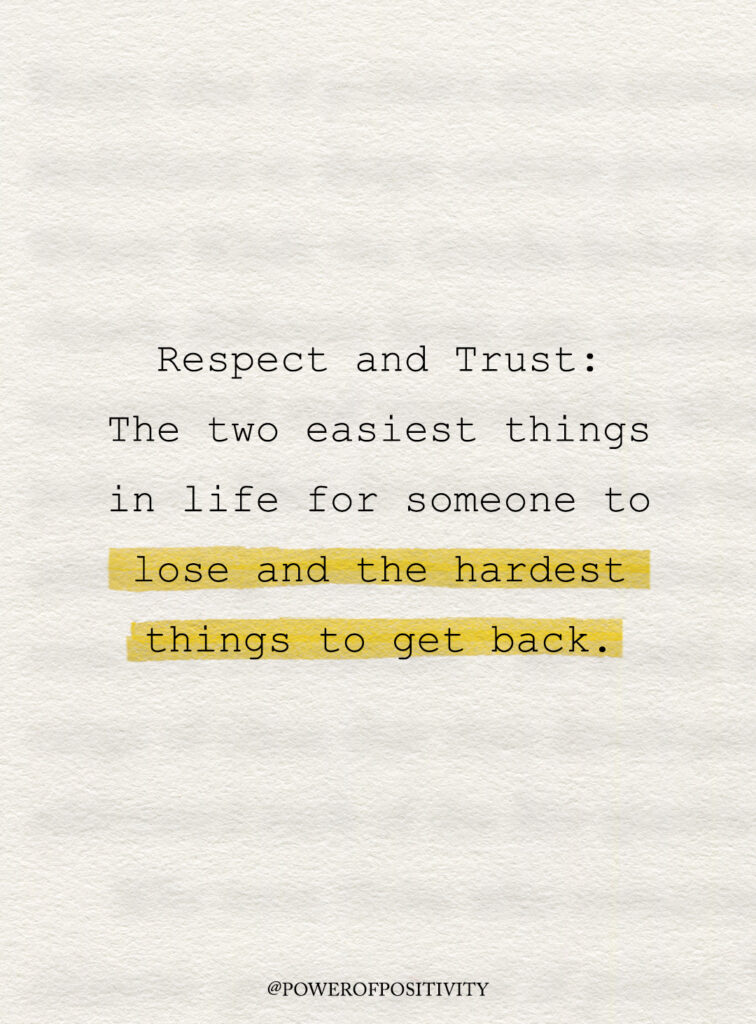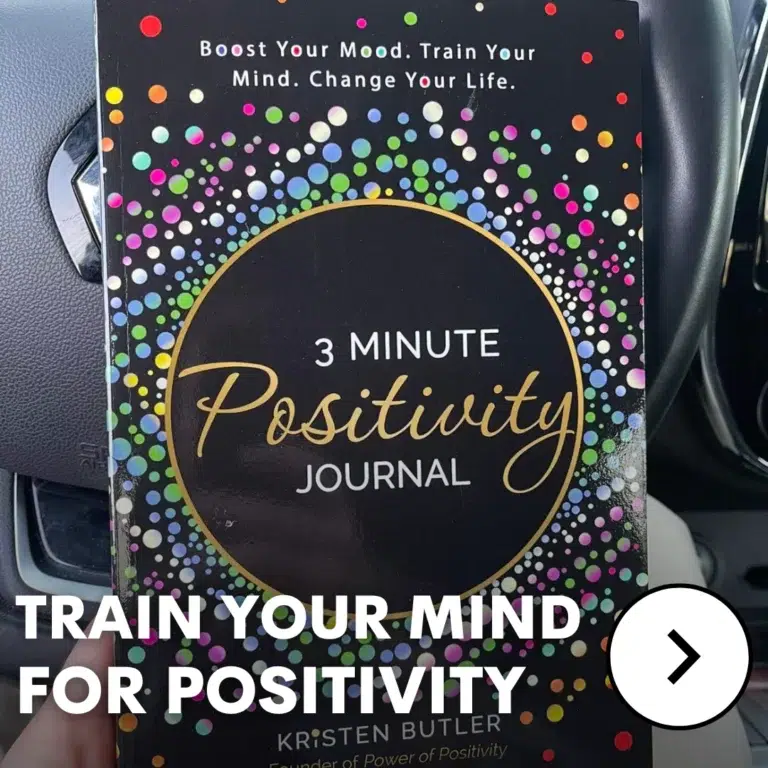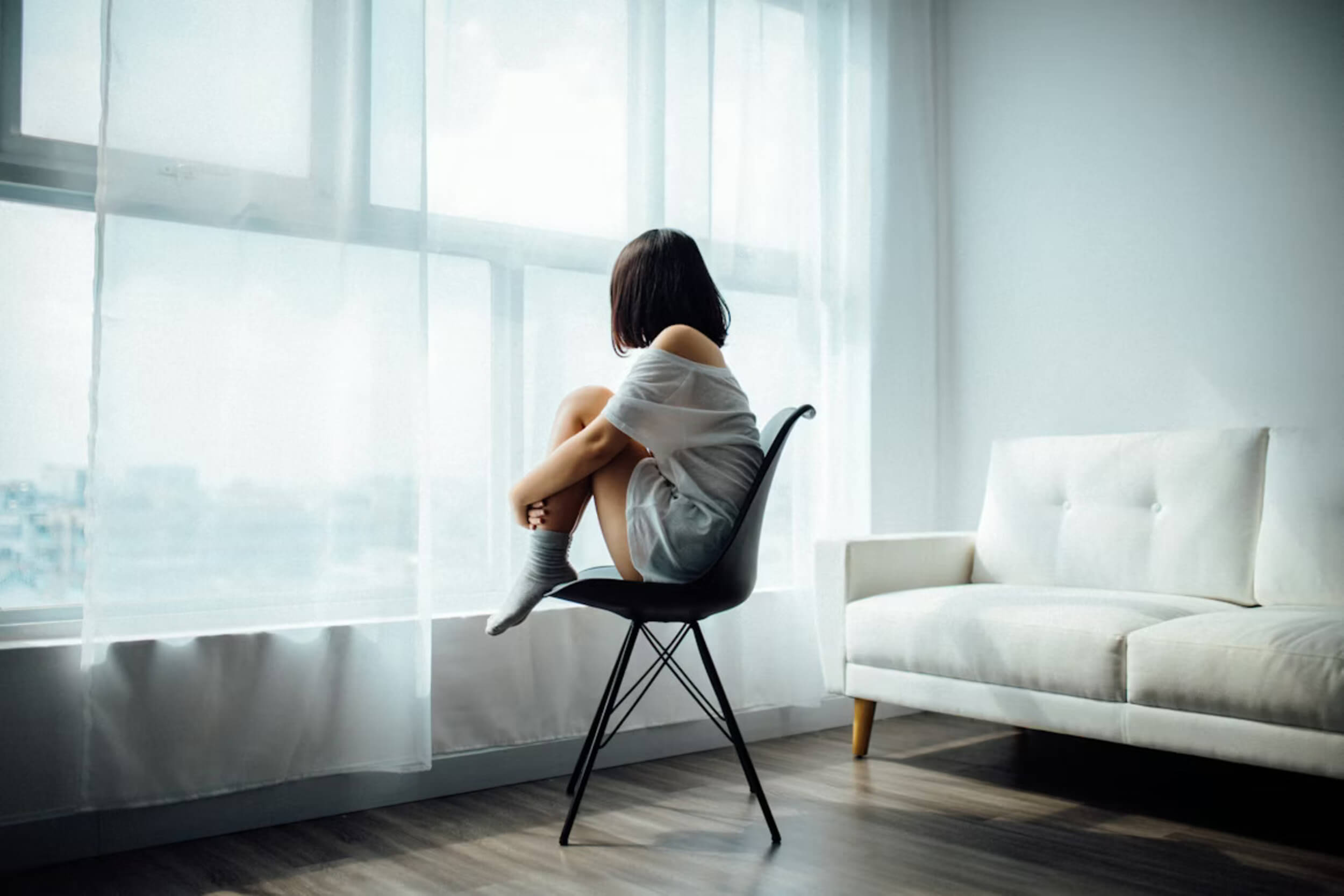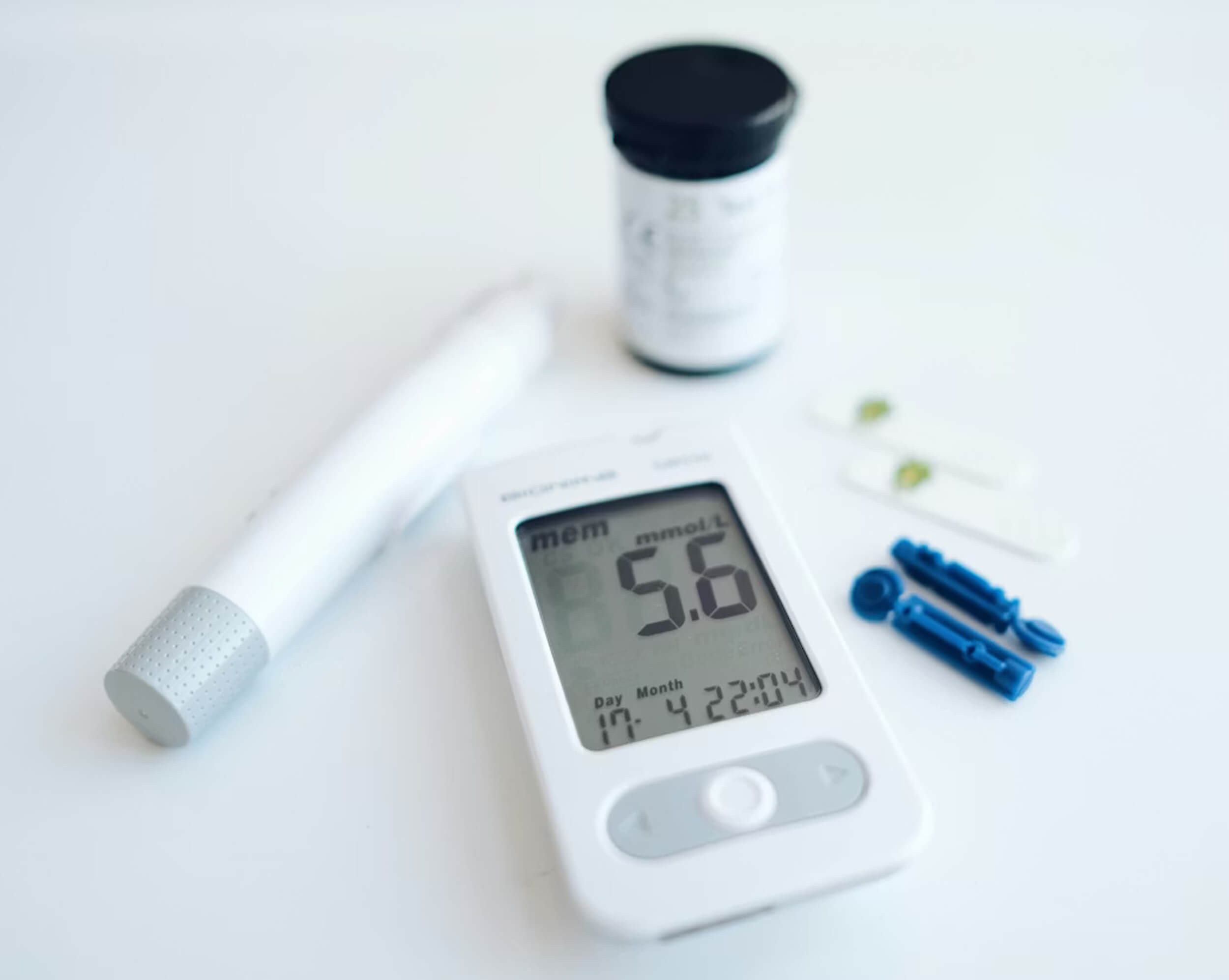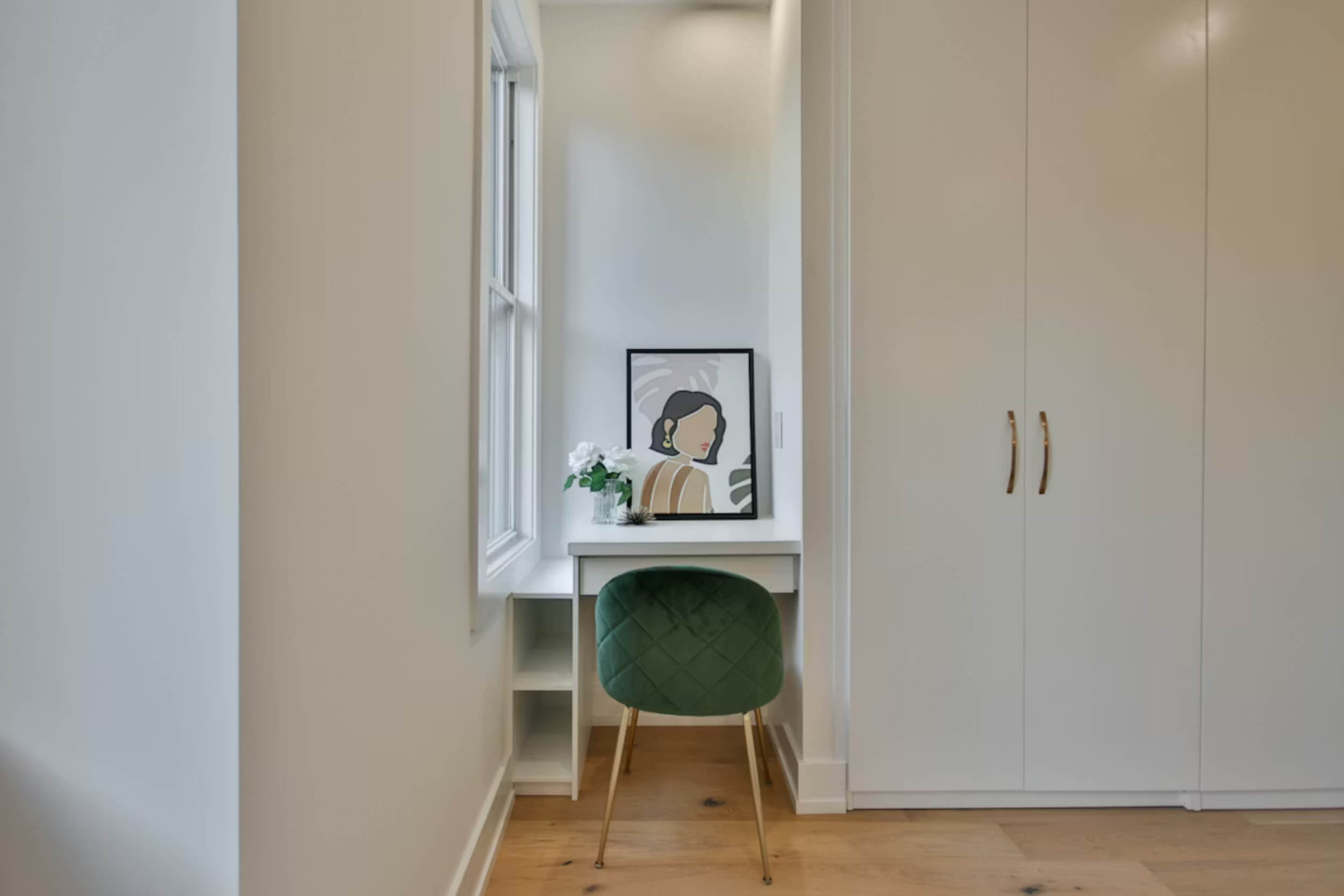Have you ever noticed dark circles under your eyes and wondered where they came from? It’s something many people deal with, and while they can make you appear more tired than you feel, they’re usually not a sign of anything serious. So, what causes dark circles? They can be the result of lack of sleep, stress, or even your genetics.
Other factors like lifestyle habits, too much screen time, or not drinking enough water can also darken the skin under your eyes. Although dark circles aren’t typically harmful, understanding what leads to them can help you reduce their appearance and feel more refreshed.
Understanding Dark Circles
Dark circles under the eyes are the skin beneath your eyes that looks darker than usual. They can range from blue to purple to brown, depending on your skin color. These circles often make you look tired, older, or even sick, even if you’re feeling perfectly fine.
The good news is that dark circles are incredibly common and affect people of all ages and backgrounds. They don’t discriminate based on age or gender, and anyone can get them, whether you’re a teenager or an older adult. So, while they can be annoying, they’re not typically a sign of any major health issue. Knowing what causes dark circles can help you figure out how to treat them and maybe even prevent them from popping up too often.
Common Causes of Dark Circles
There are several reasons why you might have dark circles under your eyes. Let’s break down some of the most common causes:
- Aging
- As we get older, the skin under our eyes thins, which makes blood vessels more visible.
- The fat under the skin also reduces, creating “tear troughs” that cast shadows and add to the darkness.
- Genetics
- If your parents or grandparents had dark circles, you might be more likely to have them too.
- Sometimes, dark circles are just in your DNA and run in families.
- Fatigue and Lack of Sleep
- Not getting enough sleep can cause your skin to look pale, which makes the blood vessels underneath more noticeable.
- When you’re tired, the skin around your eyes becomes more prone to puffiness, making the circles look worse.
- Dehydration
- If you’re not drinking enough water, your skin can appear dull, and dark circles become more visible.
- Staying hydrated is key to healthy, glowing skin.
- Allergies
- Allergic reactions can cause your eyes to swell, which puts pressure on the delicate skin under your eyes.
- Rubbing or scratching your eyes due to allergies can also make the area darker.
- Sun Exposure and Hyperpigmentation
- Too much sun can trigger melanin production, which darkens the skin under your eyes.
- Be sure to protect your skin from UV damage by wearing sunscreen, even around the eyes.
- Lifestyle Factors
- Smoking, alcohol, and stress can all contribute to dark circles.
- These habits can affect circulation, making the blood vessels under your eyes more noticeable.
Lifestyle Changes to Reduce Dark Circles
Making a few changes in your daily routine can help reduce dark circles over time. Here are some simple habits you can adopt:
- Sleep Hygiene
- Aim for 7-9 hours of sleep each night to help your skin recover and look fresh.
- Avoid screens right before bed, as blue light can disrupt your sleep.
- Proper Hydration
- Drink plenty of water throughout the day to keep your skin hydrated and healthy.
- Staying hydrated helps reduce puffiness and dull skin around the eyes.
- Stress Management
- Stress can contribute to dark circles, so try activities like yoga or meditation to help you relax.
- Taking time for self-care and finding ways to manage stress can improve your overall skin health.
- Healthy Diet
- Eating foods rich in vitamins A, C, and E can boost your skin’s health and appearance.
- Avoid caffeine and alcohol, which can dehydrate you and make your dark circles worse.
Home Remedies for Dark Circles
If you’re looking for a quick fix at home, there are some simple remedies you can try:
- Cold Compresses
- Apply a cold compress or chilled spoon to your under-eye area to help shrink dilated blood vessels.
- This can reduce puffiness and lighten dark circles.
- Cucumbers and Teabags
- Cucumbers have hydrating properties, and the cold temperature can soothe the area.
- You can also try cold teabags, which contain caffeine to reduce puffiness and improve circulation.
- Elevating Your Head
- Sleeping with extra pillows can prevent fluid from collecting under your eyes, reducing puffiness.
- Caffeine-Based Solutions
- Caffeine helps constrict blood vessels and reduce puffiness. Try using eye creams that contain caffeine to help reduce dark circles.
Medical Treatment Options
If home remedies don’t work and you’re looking for faster, longer-lasting results, here are some medical treatments to consider:
- Topical Creams
- Creams with ingredients like Vitamin C, retinol, or hydroquinone can help lighten the dark skin under your eyes.
- These are good for long-term treatment but may take a few weeks to show results.
- Laser Therapy
- Non-invasive laser treatments can target the skin under the eyes, tightening it and reducing pigmentation.
- Lasers can also help improve skin texture and reduce the appearance of dark circles.
- Dermal Fillers
- Fillers like hyaluronic acid can add volume to the under-eye area, smoothing out the skin and reducing the shadowing that causes dark circles.
- This is a great option for people with hollow tear troughs.
- Chemical Peels
- Chemical peels use alpha-hydroxy acids to remove dead skin and reduce pigmentation.
- This treatment helps even out skin tone and makes the under-eye area brighter.
- Eyelid Surgery
- Blepharoplasty removes excess fat and skin around the eyes, which can be especially helpful for people with severe dark circles caused by aging.
- This is a more permanent solution but comes with risks and recovery time.
Prevention Tips
Preventing dark circles is all about good habits:
- Sunscreen
- Always apply sunscreen to your face, especially around the eyes, to protect the delicate skin from UV damage.
- Choose an SPF that’s safe for the skin around your eyes.
- Better Sleep Habits
- Make sure to get enough sleep each night to allow your skin to rejuvenate.
- Establish a bedtime routine that helps you unwind before sleep.
- Healthy Habits
- Avoid smoking and excessive drinking, which can make dark circles worse.
- Managing stress and practicing self-care will also keep your skin looking healthy and bright.
When to See a Doctor
Most dark circles are harmless, but there are a few signs when you should see a doctor:
- Persistent or Uneven Dark Circles
- If you have dark circles under just one eye or they don’t improve despite treatment, it could be a sign of an underlying health issue.
- Conditions like anemia or thyroid problems might cause this.
- Excessive Swelling or Pain
- If you experience swelling or pain along with your dark circles, it’s a good idea to consult a healthcare provider.
- These symptoms may indicate a more serious issue that needs attention.
Conclusion
Dark circles are a common concern for many, but they’re usually harmless and can be managed with some simple changes. We’ve covered how aging, genetics, lack of sleep, dehydration, and even lifestyle habits can cause those under-eye shadows. Thankfully, with better sleep, proper hydration, stress management, and skincare, you can reduce their appearance.
Whether it’s through home remedies or medical treatments, there are plenty of ways to lighten those dark circles. Embracing a healthy lifestyle and sticking to a good skincare routine can make a big difference over time. So, take care of your body, get enough rest, and treat your skin with love to keep those dark circles at bay.





